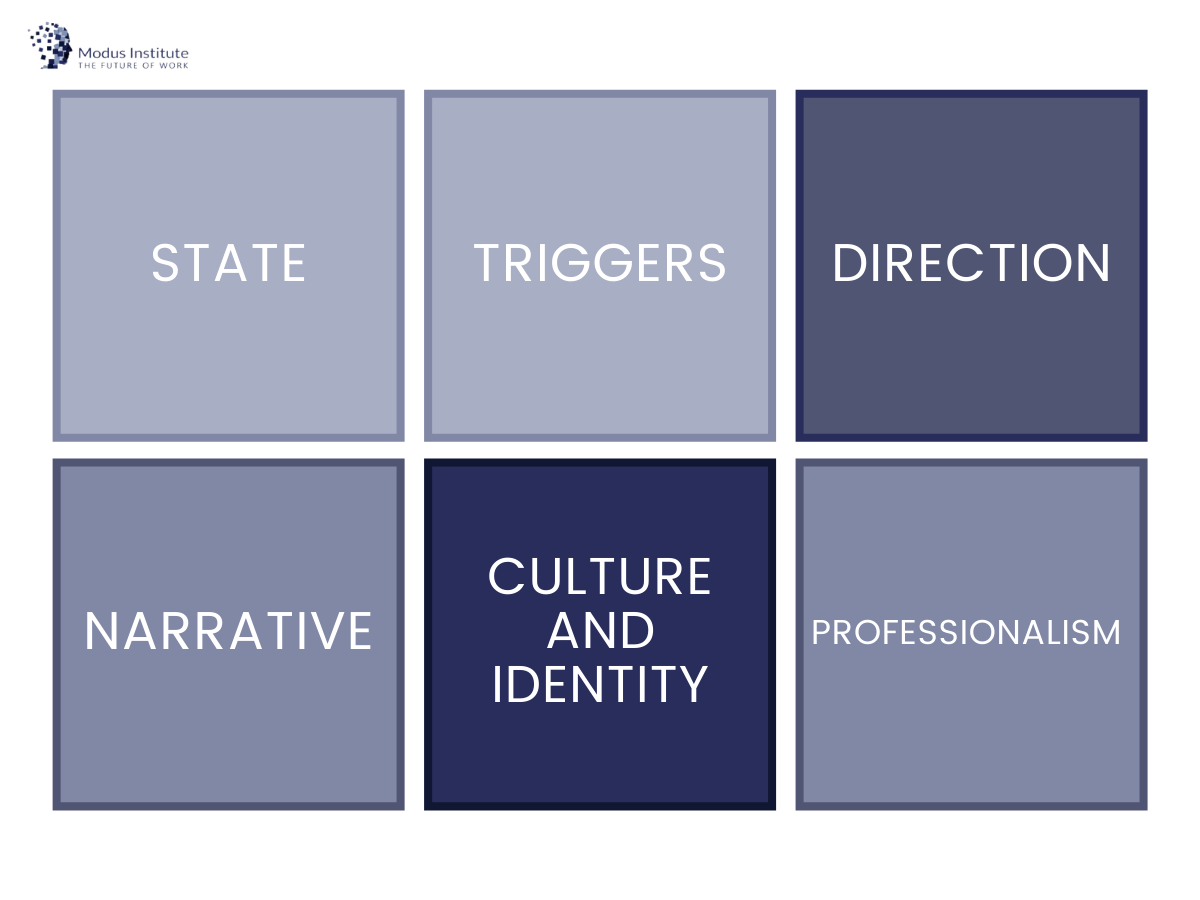Why Your Kanban is Failing
Dec 9
/
Jim Benson
Kanban is one of the most preferred methods among Agile enthusiasts. What makes it widely adopted is the ability to visualize, limit work in progress and actually reach higher productivity levels.
With that being said, fetching a kanban structure through having a board and moving cards from a column to another doesn’t really mean that you employ Kanban. The cards are simply a visual control system that allows you to organize your workflow. However, if there aren’t WIP limits and no identification to pull new tasks, it means you’re not actually using Kanban.
With that being said, fetching a kanban structure through having a board and moving cards from a column to another doesn’t really mean that you employ Kanban. The cards are simply a visual control system that allows you to organize your workflow. However, if there aren’t WIP limits and no identification to pull new tasks, it means you’re not actually using Kanban.
WIP limits may lay deep down into the Kanban foundation but there’s more to what makes the method what it is. Therefore, if you’re not well familiar with the core principles and practices, there could be plenty of room to backslide. So, if you’re feeling like your Kanban is failing here’s why that might be:
Your Team is in Pain
“Just tell us what to do!” “We want to get the right work done!” “We have too many defects!” “That other team screwed us over!” “Management changed priorities on us!”
These might be the five whines, but in reality, they are just a tiny fraction of the laments we regularly hear from teams. No clarity, frustrating action, substandard work, poor relationships between silos, lack of customer understanding… It’s a wonder we get any work done at all.
To combat this, teams around the world are turning to visualizations to get their work done.
Almost every project management or workflow tool has something they call a Kanban in it somewhere. Lean and Agile classes now routinely teach Kanban and Personal Kanban techniques.
But people are convinced that simply moving fake sticky notes around a fake whiteboard will give them workflow enlightenment, which is painful to watch.
We are always looking for a quick fix.
Visualization should play a useful role and present the information the team needs. Most of the time, it takes a few missteps to get the hang of it. After all, to serve its purpose it is necessary for the visual board to be accessible, clear, and structured. Think of it as a tool for communication between members. If your team and board don’t carry the Kanban values and principles, you shouldn’t be surprised that your Kanban is failing.
These might be the five whines, but in reality, they are just a tiny fraction of the laments we regularly hear from teams. No clarity, frustrating action, substandard work, poor relationships between silos, lack of customer understanding… It’s a wonder we get any work done at all.
To combat this, teams around the world are turning to visualizations to get their work done.
Almost every project management or workflow tool has something they call a Kanban in it somewhere. Lean and Agile classes now routinely teach Kanban and Personal Kanban techniques.
But people are convinced that simply moving fake sticky notes around a fake whiteboard will give them workflow enlightenment, which is painful to watch.
We are always looking for a quick fix.
Visualization should play a useful role and present the information the team needs. Most of the time, it takes a few missteps to get the hang of it. After all, to serve its purpose it is necessary for the visual board to be accessible, clear, and structured. Think of it as a tool for communication between members. If your team and board don’t carry the Kanban values and principles, you shouldn’t be surprised that your Kanban is failing.
Thank you!
Why Your Kanban is Failing
When we visualize our work we are engaged in visual management. Visual management is a verb. You don’t just set it up and forget it. You have to think about it. No tool is going to manage your work for you. No online Kanban tool is going to have your template.
Every visual control must incorporate the seven elements: State, Triggers, Direction, Narrative, Culture, Professionalism, and Identity. That means you, yes you, not someone who works for you, not a consultant, not a manager, not an AI, you need to think about these elements. This you is the royal you, you personally, your team, your group, your company. If you don’t, no one will.
Every visual control must incorporate the seven elements: State, Triggers, Direction, Narrative, Culture, Professionalism, and Identity. That means you, yes you, not someone who works for you, not a consultant, not a manager, not an AI, you need to think about these elements. This you is the royal you, you personally, your team, your group, your company. If you don’t, no one will.

Your Kanban is failing because it’s guaranteed to be under-delivering the information you and your team need to do a professional job. It is likely only giving you a few of the seven items above.
Guaranteed is a strong word, the problem is that dire.
You know this too because it is likely difficult to get your team to reliably use your online Kanban. They can be useful still, but they cannot be your only visualization.
We are simply focusing on the wrong information or overly thin information. Your team, your professionals, need more. They need the right information at the right time to make the right decisions and complete quality work.
The visual control system should display, in real-time, the workload that is being tracked. The teams not only need to know who is doing what but also who is stuck, what tasks call for intricacy, who collaborates, and what external factors can affect their work.
Guaranteed is a strong word, the problem is that dire.
You know this too because it is likely difficult to get your team to reliably use your online Kanban. They can be useful still, but they cannot be your only visualization.
We are simply focusing on the wrong information or overly thin information. Your team, your professionals, need more. They need the right information at the right time to make the right decisions and complete quality work.
The visual control system should display, in real-time, the workload that is being tracked. The teams not only need to know who is doing what but also who is stuck, what tasks call for intricacy, who collaborates, and what external factors can affect their work.
Why We Over Rely on Statistics
KPIs and metrics are stuck all over Kanban teams. Yes, your throughput and your cycle time are extremely important metrics, but they aren’t really indicative of team health. Productivity metrics let you know about deadlines, but not quality, not learning, not the team’s ongoing experiments.
We over-rely on productivity metrics simply because it is easy and reassuring to do so. We feel they tell a story of success when they are only a small part of your team’s progress. Your team can be wildly productive, even increasingly so, for a period of time, only to suffer an inevitable regression and seemingly endless new emergencies due to a stagnation in team capabilities or understanding.
Don’t get me wrong, we need to measure your productivity, but we shouldn’t obsess over it. Many factors comply and form our efficiency levels, measurements can tell valuable stories but there is more to it. Let’s take a look at what other elements can help you elevate your workflow in the best way possible.
We over-rely on productivity metrics simply because it is easy and reassuring to do so. We feel they tell a story of success when they are only a small part of your team’s progress. Your team can be wildly productive, even increasingly so, for a period of time, only to suffer an inevitable regression and seemingly endless new emergencies due to a stagnation in team capabilities or understanding.
Don’t get me wrong, we need to measure your productivity, but we shouldn’t obsess over it. Many factors comply and form our efficiency levels, measurements can tell valuable stories but there is more to it. Let’s take a look at what other elements can help you elevate your workflow in the best way possible.
What You Really Want to Know from Your Kanban:
There is a lot to be learned in failure. We constantly attempt to adapt to better ways of working and grasp how to remain flexible. So, to bring out the valuable meaning of your Kanban application and make it work for the team, you really need to ponder on these key points:
After identifying the answers, you are already a step ahead. Clarity will support your visualizations and help you create them in a way that responds to the questions above.
- What problems your team is actively solving?
- How your team is collaborating internally and externally?
- How your team is improving?
- How your team is learning?
- How does your team is understanding the product, the customer, and the rest of your organization?
- Emergent learning while you work.
After identifying the answers, you are already a step ahead. Clarity will support your visualizations and help you create them in a way that responds to the questions above.

What You Need to Do To See The Work
Ask yourself and your team, what information do we regularly search for? What questions do we ask all the time? When have we felt blindsided? What lessons have we learned over and over but keep learning them again? What collaboration opportunities are we calling dependencies? How is our team a silo? Who do we frustrate? Who frustrates us?
Then, simply create visualizations to solve those questions. Get the right information to make the right decision. Do the right work with the right people. Pivot quickly. See deeper into the work than your thin Kanban is currently allowing.
If you do that, people will use the visualizations. They will use your Kanban. If you don’t…you’ll keep plodding along.
Then, simply create visualizations to solve those questions. Get the right information to make the right decision. Do the right work with the right people. Pivot quickly. See deeper into the work than your thin Kanban is currently allowing.
If you do that, people will use the visualizations. They will use your Kanban. If you don’t…you’ll keep plodding along.

We are an online educational platform that helps professionals and aspiring individuals to succeed in their goals.
Copyright © 2025